People refer to several different large hoofed mammals as the “Buffalo.” There are Asian Buffalo, also known as Water Buffalo, African Buffalo, also known as Cape Buffalo, and bison, which are not Buffalo at all, but are incorrectly referred to by this name. Read on to learn about the Buffalo.
Description of the Buffalo
These are large hoofed mammals with an imposing pair of horns atop their heads. Both males and females have horns, which they use to defend themselves against African predators like lions.
The largest individuals stand up to 5.5 ft. tall at the shoulder, and can weigh 2,000 lbs. or more. Their size and appearance vary based on the subspecies. Their short fur is black, dark brown, or reddish-brown.
Interesting Facts About the Buffalo
These massive mammals are undoubtedly remarkable. Learn more about what makes them so interesting below.
- Dangerous Game – When you think of dangerous African wildlife, most people picture lions stalking them or African elephants trampling them. However, Capes are one of the more dangerous animals in Africa. However, hippos pose one of the greatest threats, and they kill thousands of people every year.
- Few to Fear – When it comes down to it, these animals are incredibly dangerous to everything around them, not just humans. Not many predators take the risk of hunting these massive mammals. The only animals that can kill these bovines are lions, crocodiles, leopards, and hyenas, and they only hunt the youngest and weakest individuals. Humans are the only predator to a healthy adult Buffalo.
- Water Buffalo – Asian Water Buffalo look quite similar to Cape Buffalo. However, these two large mammals are not that closely related. Even though they share the same subfamily (Bovinae), the two are in two different taxonomic genuses.
- Differences Continued – Another primary difference between these two animals is their disposition. African Buffalo are incredibly aggressive animals, and thus humans have never attempted to domesticate them. Conversely, Water Buffalo have less aggressive temperaments and humans have domesticated them.
Habitat of the Buffalo
These large mammals are successful in many different habitat types. If it has water for them to drink, and grass for them to eat, they usually don’t care what else is there.
Some of the different ecosystems that they inhabit include grasslands, savannas, bushlands, rainforests, mountains, woodlands, wetlands, marshes, and more. Their favorite habitats are riparian, or riverside, ecosystems that lie close to streams and rivers. The different subspecies of these animals prefer different habitat types.
Distribution of the Buffalo
These animals range across different portions of Africa. The different subspecies live in different regions. One subspecies (Syncerus caffer caffer) lives in various regions from Uganda and Kenya to South Africa.
Another subspecies (S. c. nanus) lives from the Democratic Republic of Congo to the western coast, as well as the region from Sierra Lleone to Ghana. The final subspecies (S. c. brachyceros) ranges the areas just south of the Saharan Desert to the range of the S. c. nanus subspecies above.
Diet of the Buffalo
Even though they can be quite vicious, these animals are herbivores and eat only plants. They are grazers, which eat grass, rather than browsers, which eat leaves and shrubs.
Like other members of the Bovidae family, when these animals eat their grassy diet, they regurgitate it later to chew a second time. This process, called “chewing cud,” helps them fully digest the grass. Generally, they spend a few hours grazing, find a shady spot during the hottest time of the day to rest and chew their cud, then resume grazing.
Buffalo and Human Interaction
Humans conflict quite frequently with these large mammals, which are quite defensive. They do trample people who accidentally startle them or attempt to harm them. Regardless of this danger, people still hunt them for meat and as trophies.
There are several other human-induced threats, like habitat destruction and illegal poaching. Because of these threats, their populations overall are in decline. The IUCN lists the African species as Near Threatened.
Domestication
Unlike their distant cousin the Asian Water Buffalo, humans have not domesticated African or Cape species in any way.
Does the Buffalo Make a Good Pet
No, these animals do not make good pets. They are massive, aggressive, and kill hundreds of people every year. I’ll let you do the math on why they wouldn’t make a good pet!
Buffalo Care
Like all large bovines, Cape Buffalo need large, secure enclosures. You don’t want a very large, angry, and confused animal running through a fence and greeting zoo guests up close! Their enclosures must also be quite large because they are social, and live in groups.
Herds of these animals need plenty of space to graze on grass. Zookeepers provide hay to supplement their diet, and a number of vitamins and nutrients at the recommendation of their veterinarians.
Because they are such powerful animals, any interaction between them and zookeepers occurs in protected contact, where there is a physical barrier between the keeper and the animal.
Behavior of the Buffalo
These are large mammals that are active virtually round the clock. Most of their resting occurs during the early morning and the late afternoon, all the rest of the time they graze and socialize. They live in herds of varying number, though some herds are incredibly large.
Smaller, all-male herds also congregate, though the largest herds contain a mixture of males and females. Larger herds often break up into smaller groups based on the season.
Reproduction of the Buffalo
Buffalo breeding is quite flexible, and both males and females are polygamous. Females and males both mate with multiple partners. The gestation period is just over 11 months, or 340 days. Though they can give birth to twins, most produce a single calf per season.
Calves nurse for different periods based on the individual, some calves nurse for over a year, others for just 4 months. The calves develop more slowly than some other hoofed mammals, and the calves cannot run until they are a few weeks old. However, this isn’t particularly dangerous to the calf, because the mother is extremely protective and incredibly dangerous to contend with.


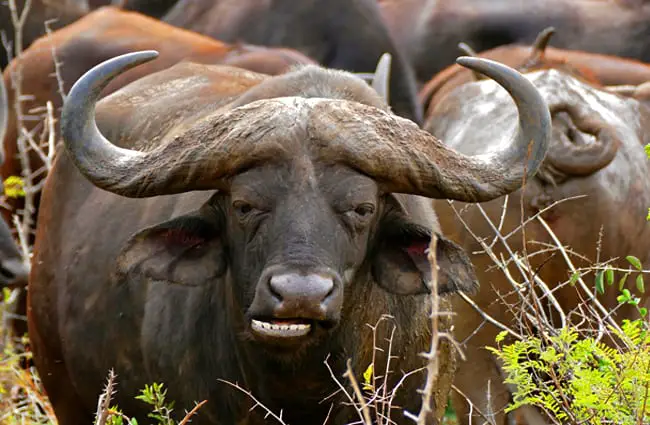
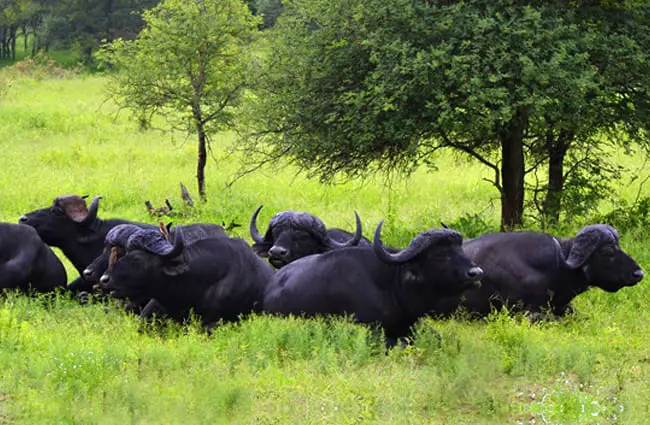
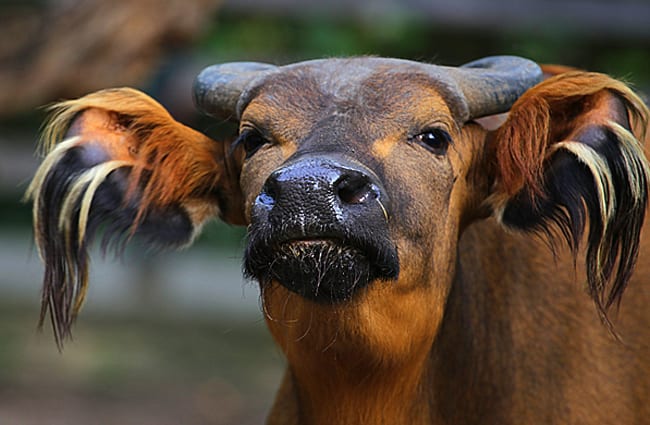
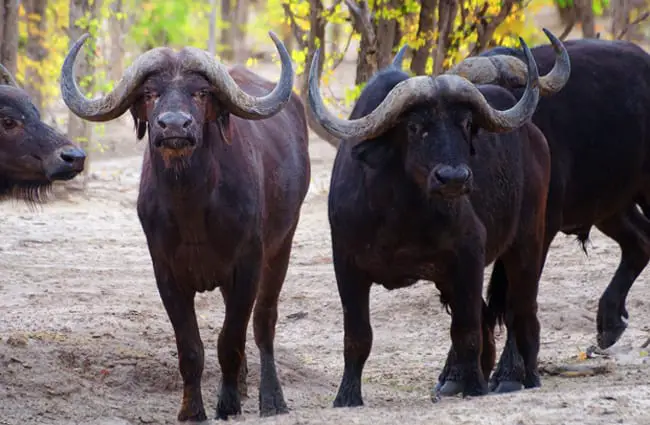


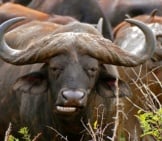
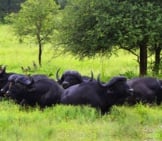
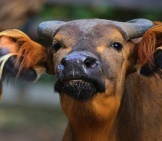


![Red Angus Closeup of a beautiful Red Angus cowPhoto by: U.S. Department of Agriculture [pubic domain]https://creativecommons.org/licenses/by/2.0/](https://animals.net/wp-content/uploads/2020/03/Red-Angus-4-238x178.jpg)

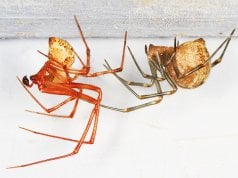










![Red Angus Closeup of a beautiful Red Angus cowPhoto by: U.S. Department of Agriculture [pubic domain]https://creativecommons.org/licenses/by/2.0/](https://animals.net/wp-content/uploads/2020/03/Red-Angus-4-100x75.jpg)

